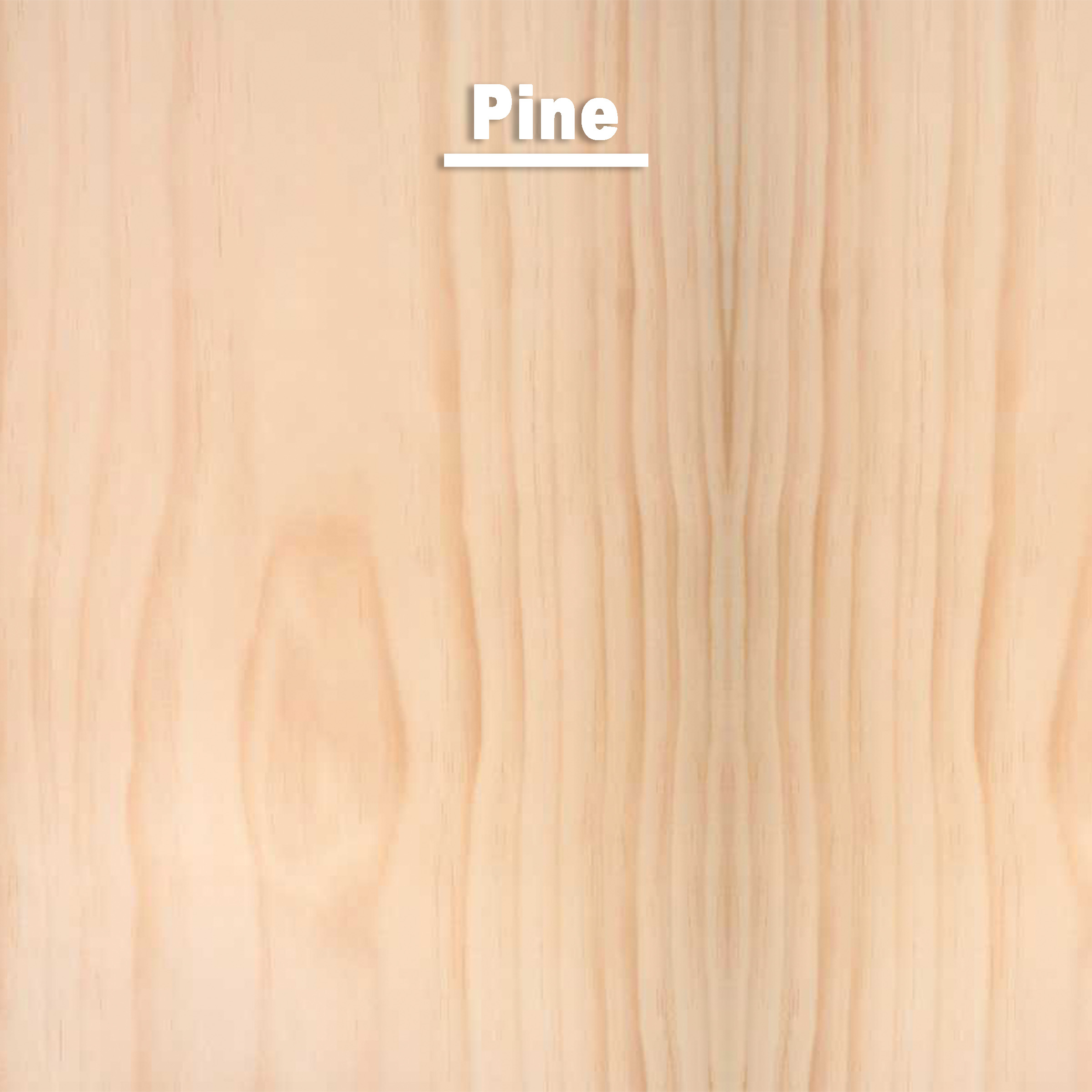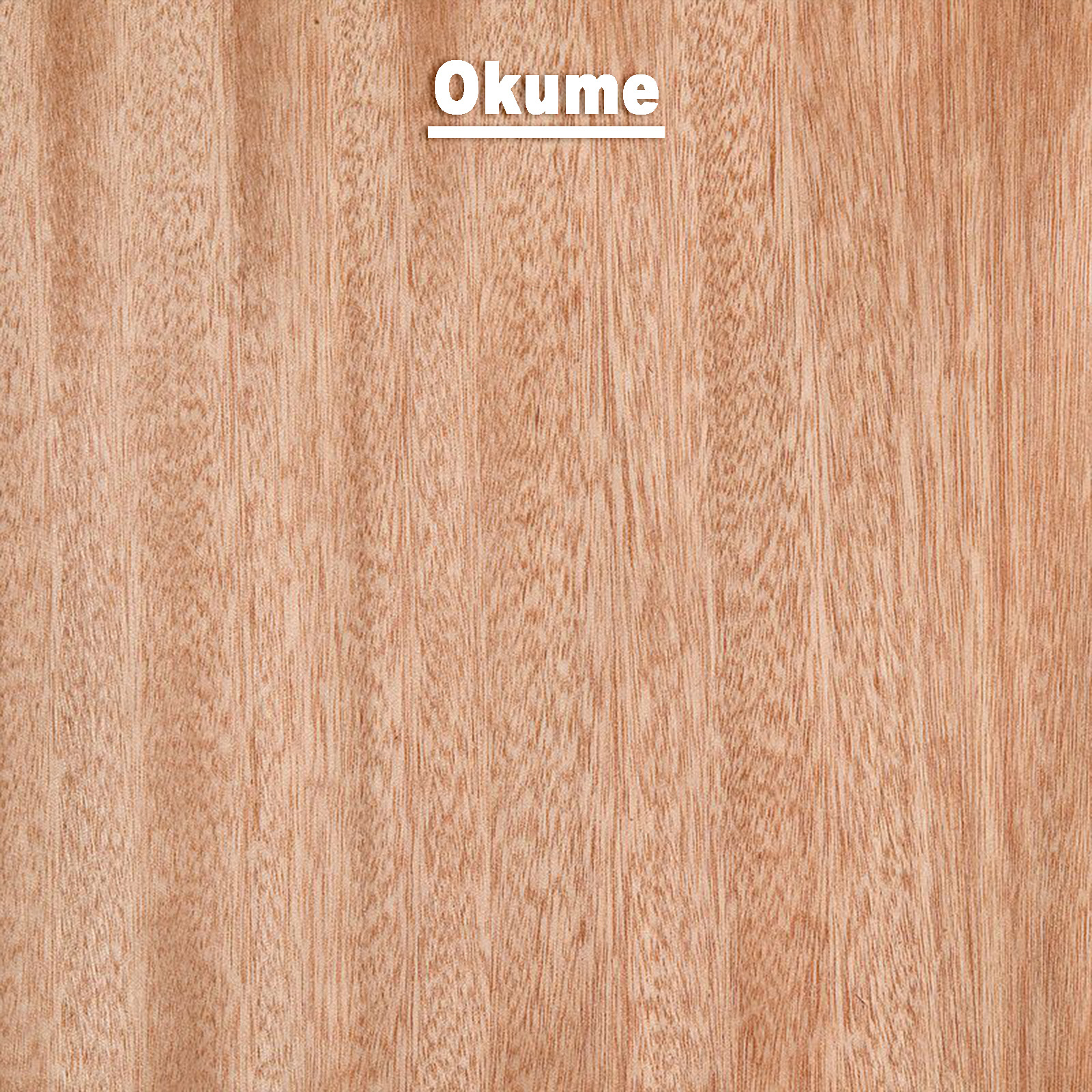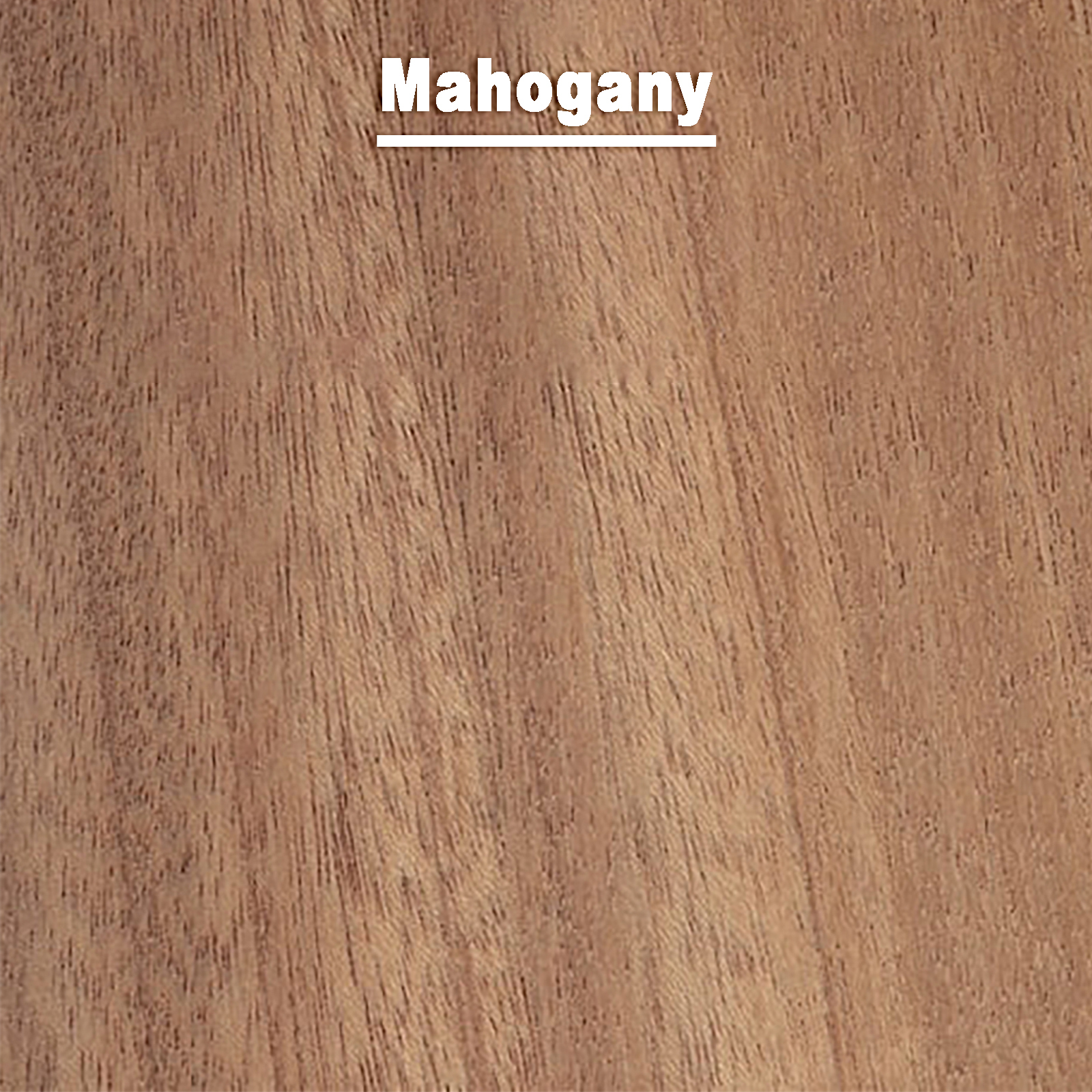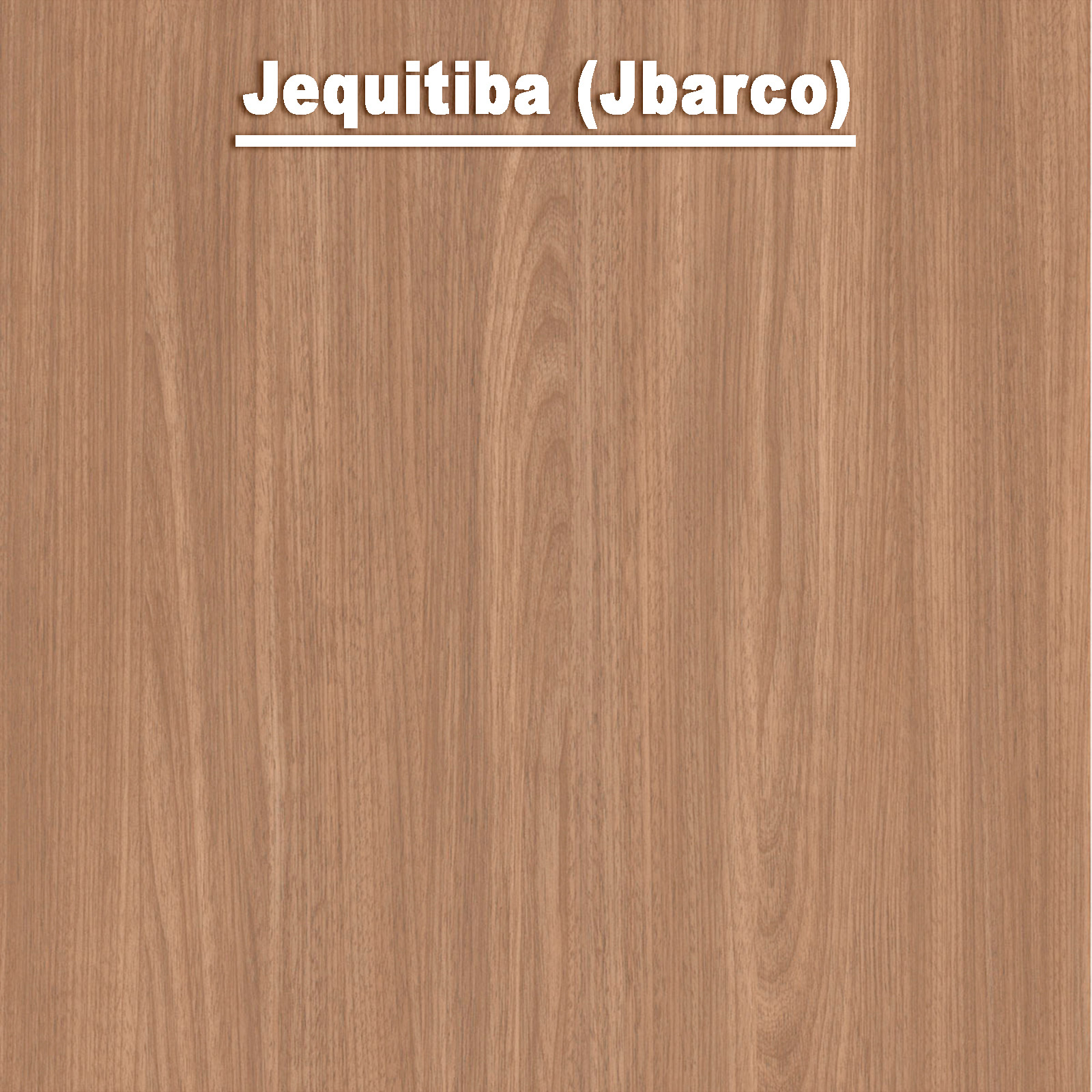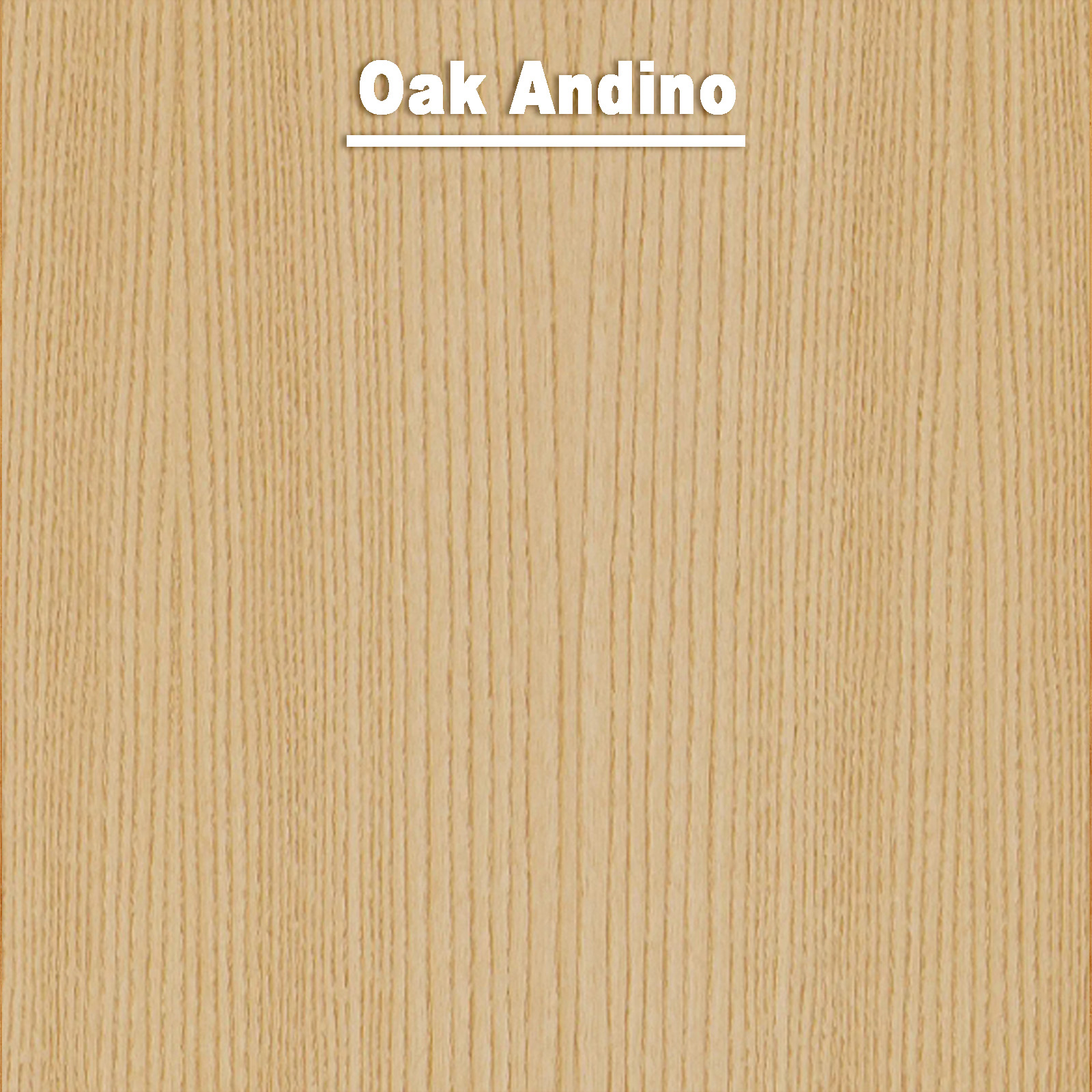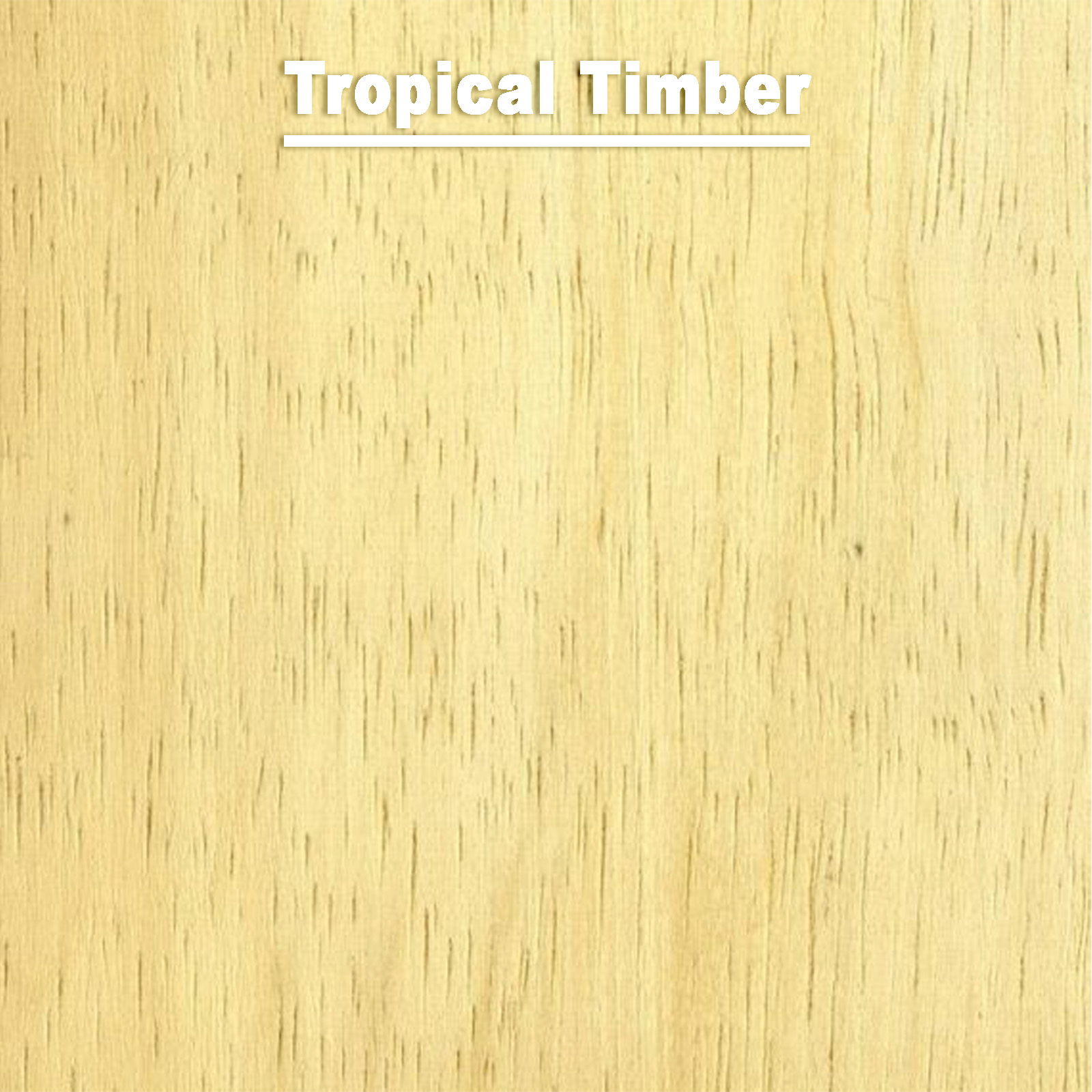Quercus humboldtii, commonly known in the USA as the Colombian oak, is a species of oak native to the Andes region of Colombia and Panama. It is also regionally known as “Roble de Tierra Fría” due to its prevalence in cooler highland climates. This tree is valued for its ecological importance, providing habitat for various species, and for its use in traditional medicine and timber
- production.Kingdom: Plantae
- Phylum: Tracheophyta
- Class: Magnoliopsida
- Order: Fagales
- Family: Fagaceae
- Genus: Quercus
- Species: Q. humboldtii
Description
Quercus humboldtii is a deciduous or semi-evergreen tree known for its impressive stature and longevity. It is a key species within its native range, contributing to the structure and function of the Andean forests. The Colombian oak is recognized for its ornamental value due to its majestic appearance and is also commercially valuable for its hard, durable wood.
Size
The Colombian oak typically reaches heights of 20 to 25 meters, with the tallest individuals known to exceed 30 meters. The average growth rate per month is variable, depending on environmental conditions but is generally moderate. Its root system is extensive and deeply anchored, providing stability to the tree; however, in urban settings, the roots can sometimes cause damage to pavements or structures if not properly managed.
Leaves
The leaves of Quercus humboldtii are simple and alternate, with a length of 8 to 15 centimeters. They exhibit an elliptical shape with a pointed tip and a rounded base, and the margins are entire or slightly wavy. Botanically, the leaves are characterized by their leathery texture, glossy green upper surface, and paler underside with prominent venation.
Flower
The Colombian oak is monoecious, producing both male and female flowers on the same tree. The male flowers are arranged in drooping catkins, while the female flowers are less conspicuous, found singly or in small clusters. The blooming period occurs in the dry season, and the flowers are wind-pollinated.
Fruit
The fruit of Quercus humboldtii is an acorn, a type of nut that is a hallmark of the oak genus. The acorns are borne on a short stalk and are encased at the base by a scaly cupule. They mature approximately 6 to 8 months after flowering.
Stem
The stem of the Colombian oak is robust and erect, with a thick, furrowed bark that provides protection against environmental stressors and pests. The bark is gray-brown and becomes deeply ridged with age.
Cultivation and Care
Quercus humboldtii is a hardy species that can be grown successfully with proper care and attention to its specific needs.
Planting
When planting the Colombian oak, select a site with ample space to accommodate its mature size. Planting should be done during the rainy season to ensure adequate water availability for root establishment. It is advisable to use well-draining soil and to plant the tree at the same depth it was grown in the nursery.
Soil Preference
This oak species prefers well-drained soils, such as loam or sandy loam, with a slightly acidic to neutral pH range. It is adaptable to different soil types but thrives in fertile, deep soils that retain moisture without becoming waterlogged.
Watering
Young trees require regular watering to establish a strong root system. Once established, Quercus humboldtii is relatively drought-tolerant. A sample watering schedule might include deep watering once a week during the dry season, with adjustments based on rainfall and soil moisture levels.
Sun Requirements
The Colombian oak requires full sun to partial shade for optimal growth. It performs best in locations that receive direct sunlight for at least part of the day, making it suitable for open landscapes and large gardens.
Pruning
Pruning should be done to remove dead or damaged branches, to shape the tree during its formative years, and to maintain its health. The best time to prune is during the dormant season. Use clean, sharp tools to make precise cuts, and avoid removing more than a quarter of the tree’s canopy at one time.
Propagation
Propagation of Quercus humboldtii is typically achieved through seed (acorns). The acorns should be collected when ripe and sown immediately, as they lose viability quickly. Stratification may improve germination rates.
Health & Safety
There are no known toxic or poisonous parts of Quercus humboldtii to humans, dogs, or cats. The tree does not have thorns or spines, and there are no reports of it causing contact dermatitis or being otherwise dangerous.
Pests and Problems
Quercus humboldtii may be susceptible to pests such as the oak leafroller (Archips semiferanus) and the oak lace bug (Corythucha arcuata). These insects can cause defoliation and damage to the foliage, respectively. Management includes monitoring for pests, promoting tree health to increase resistance, and, if necessary, using appropriate insecticides. Intolerances include waterlogged soils and extreme cold temperatures, which can lead to root rot and frost damage.


